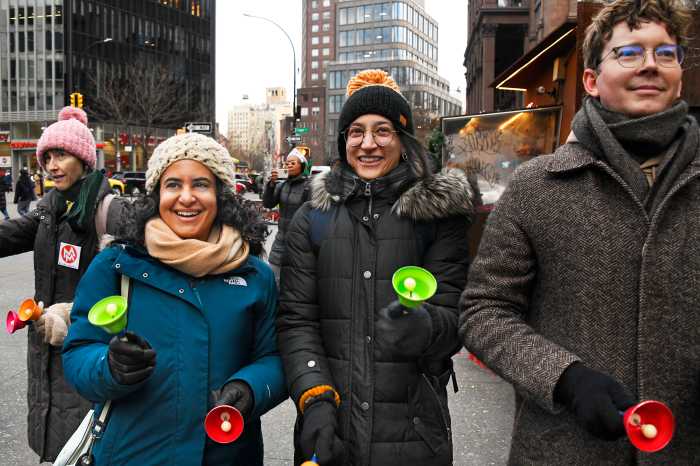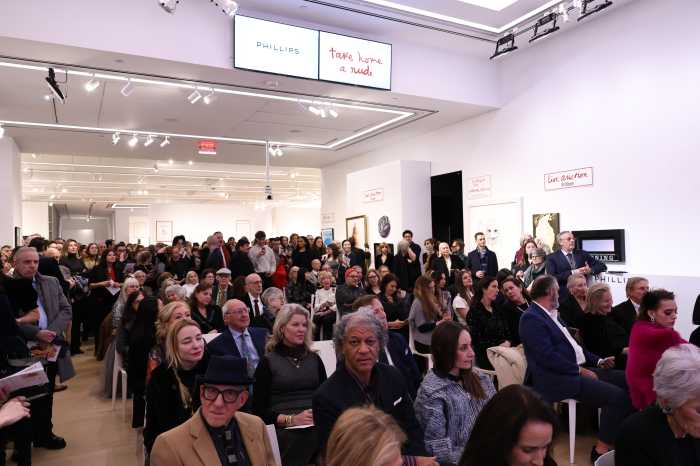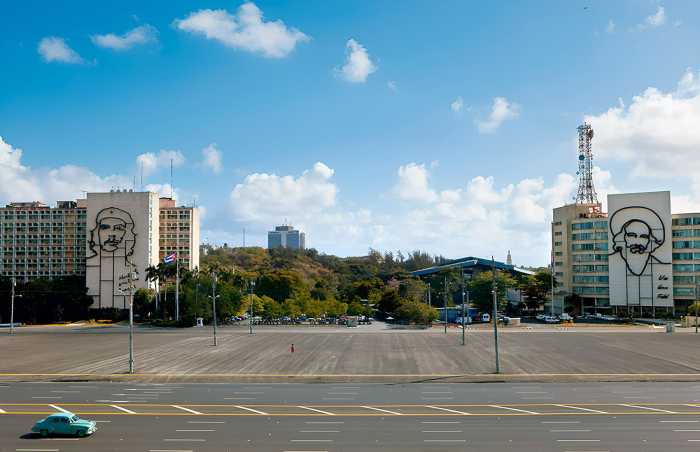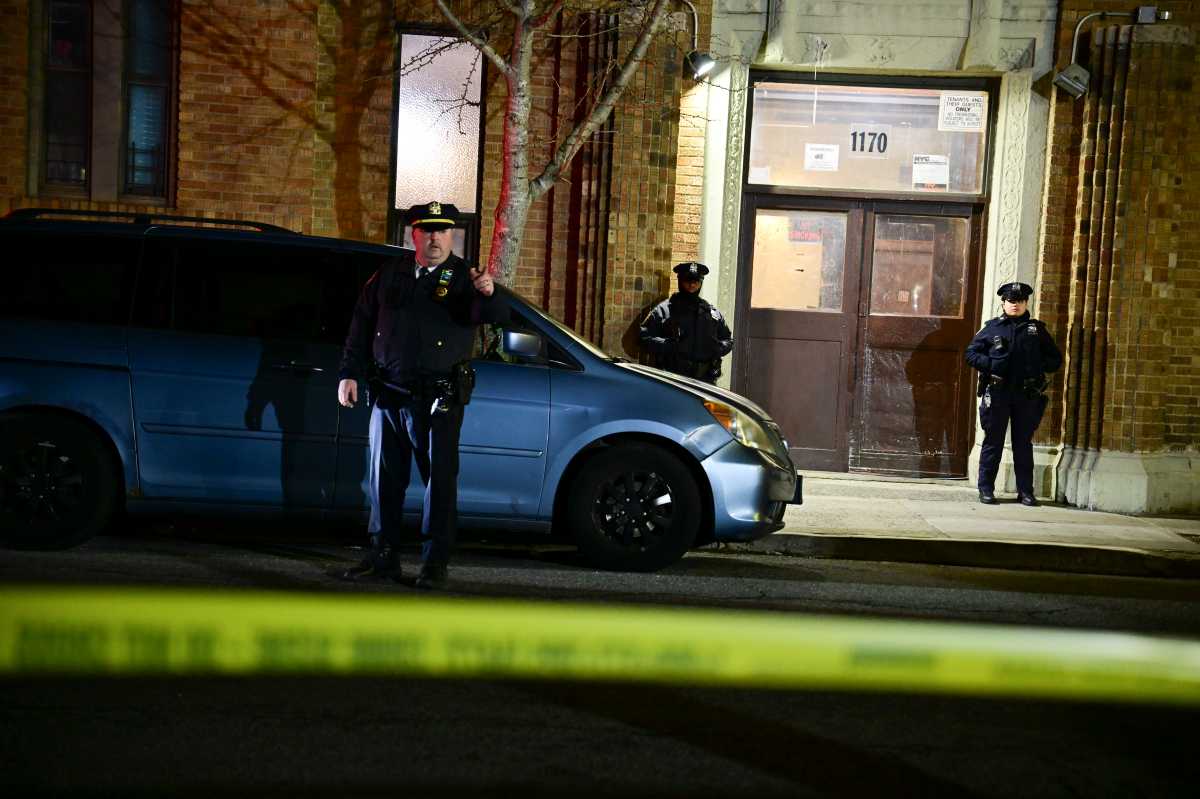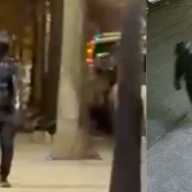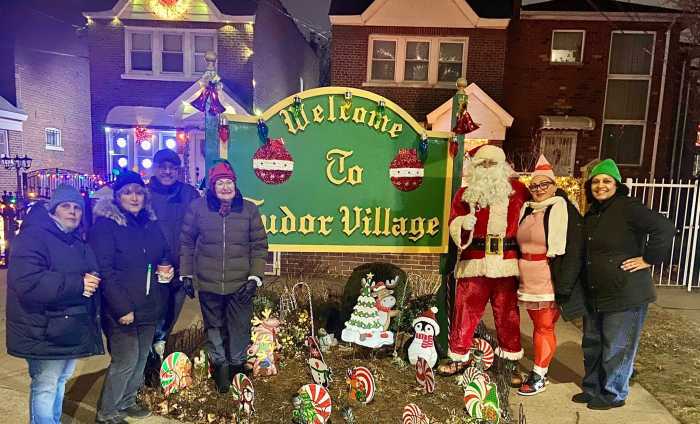The passage of time — 19 years, to be exact — has not faded the memories of the events of Sept. 11, 2001 that were seared into the consciences of New Yorkers there to witness it.
The coordinated terrorist attacks on the World Trade Center, the Pentagon and United Airlines Flight 93 killed nearly 3,000 Americans from all walks of life — and forever altered the course of American history and the New York skyline.
On Friday, the city and country — now dealing with horrors of a different kind from the COVID-19 pandemic — will pause to mark the 19th anniversary of the day of infamy, and honor the lives of victims killed in the attacks, and heroes who died attempting to save them.
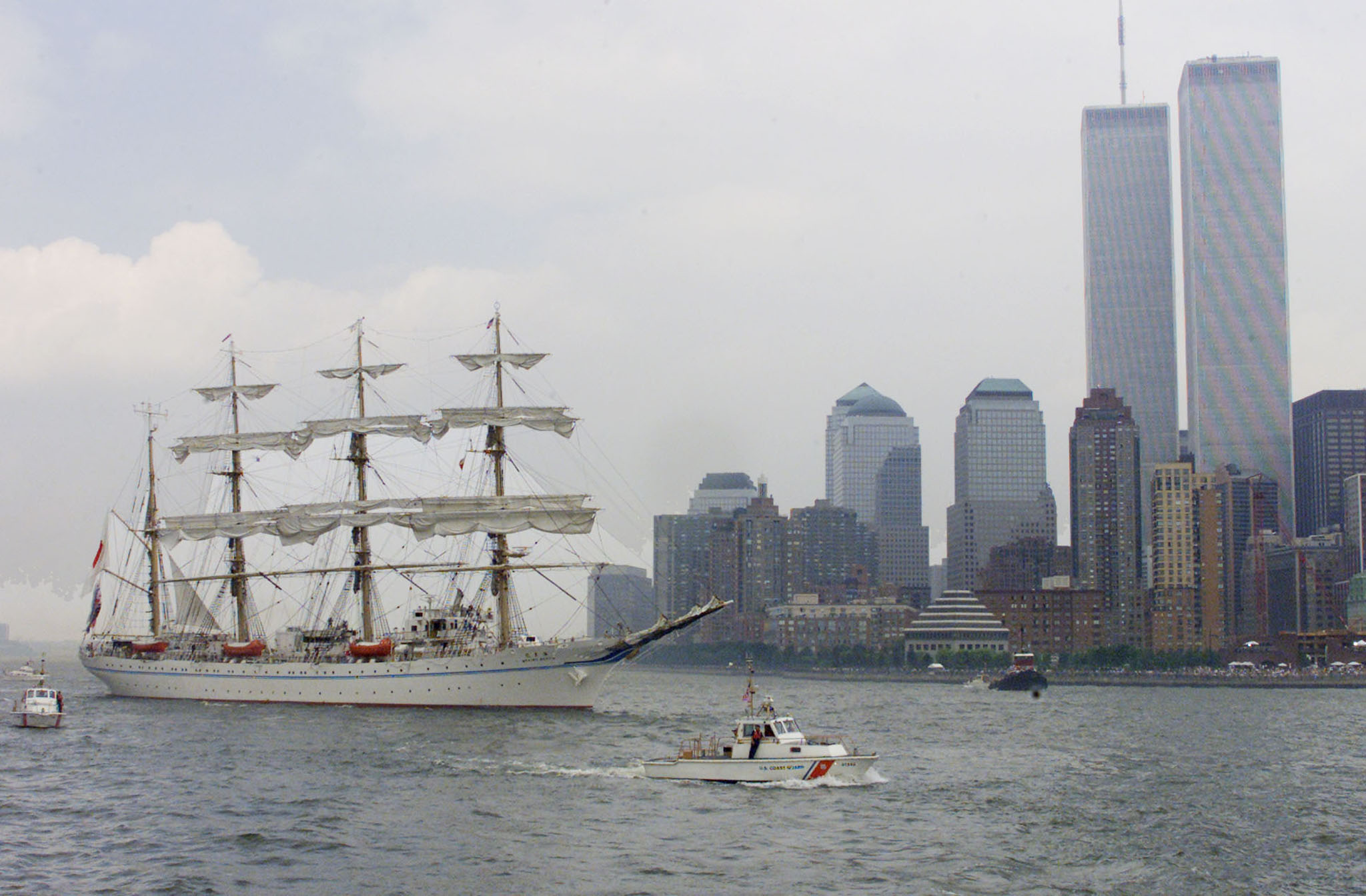
Before 9/11, the Twin Towers of the World Trade Center had become the symbol of our nation’s economic power — standing all above Lower Manhattan as the hub of commerce and business that employed tens of thousands from across the tri-state area.
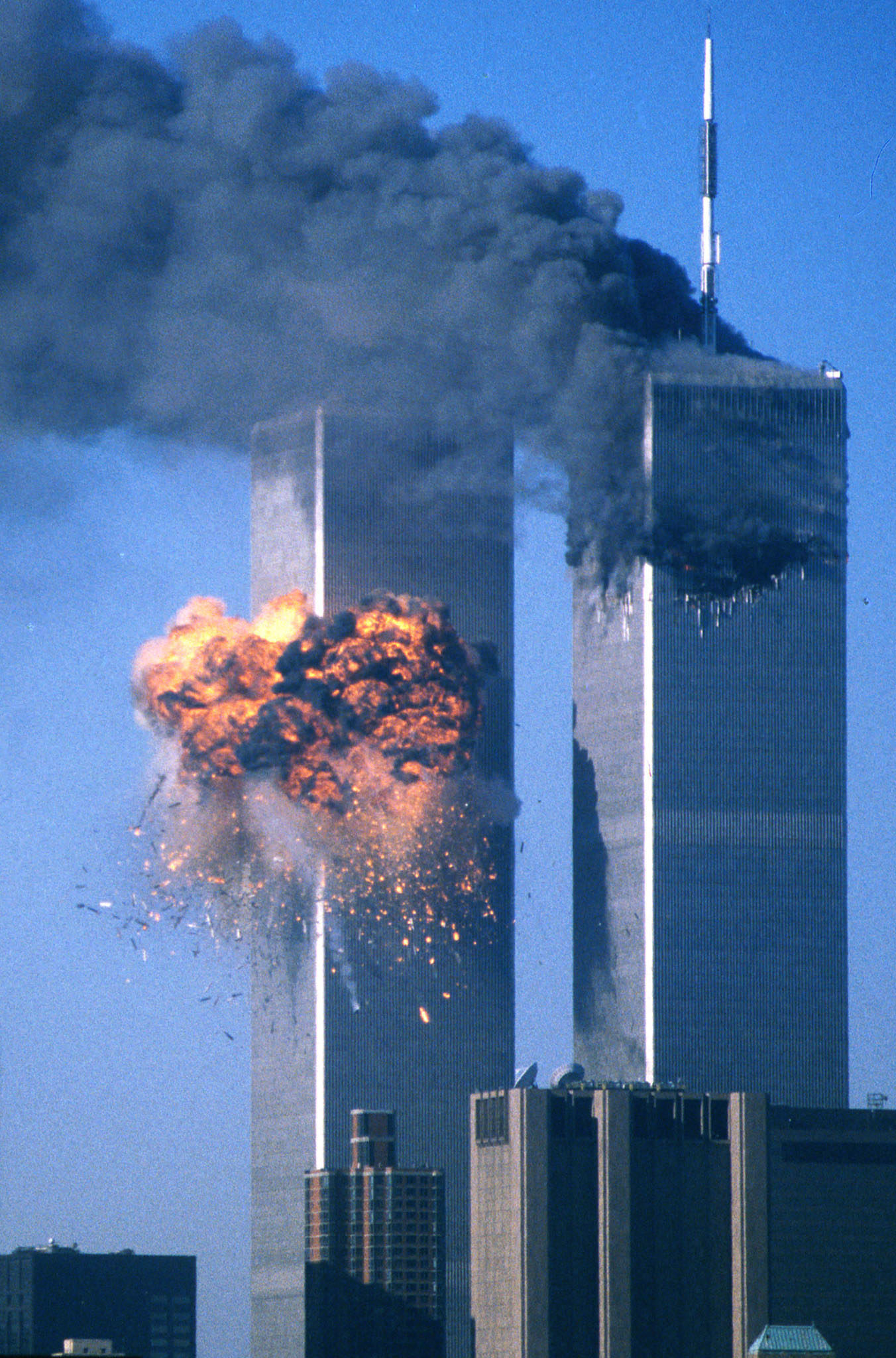
In 102 minutes on what had started out as a beautiful, late summer morning, terrorists destroyed the World Trade Center in one of the most harrowing episodes in history. The attackers crashed hijacked passenger jets into each tower, setting off massive office fires in each building.
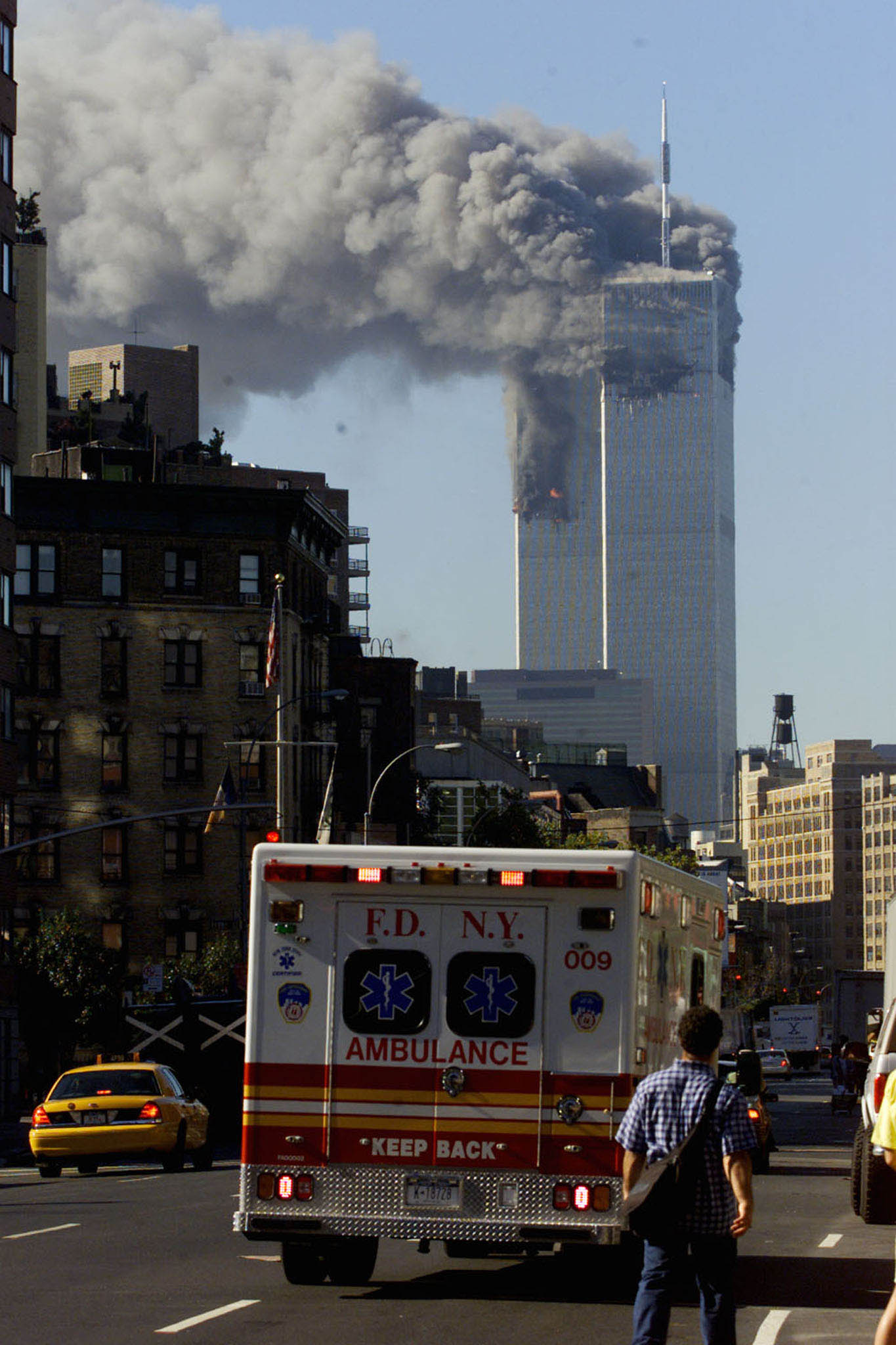
Witnesses on the ground watched in horror as trapped victims above the impact zones began leaping to their deaths. Thousands of first responders — police officers, firefighters, paramedics — converged on the World Trade Center to save as many lives as possible.
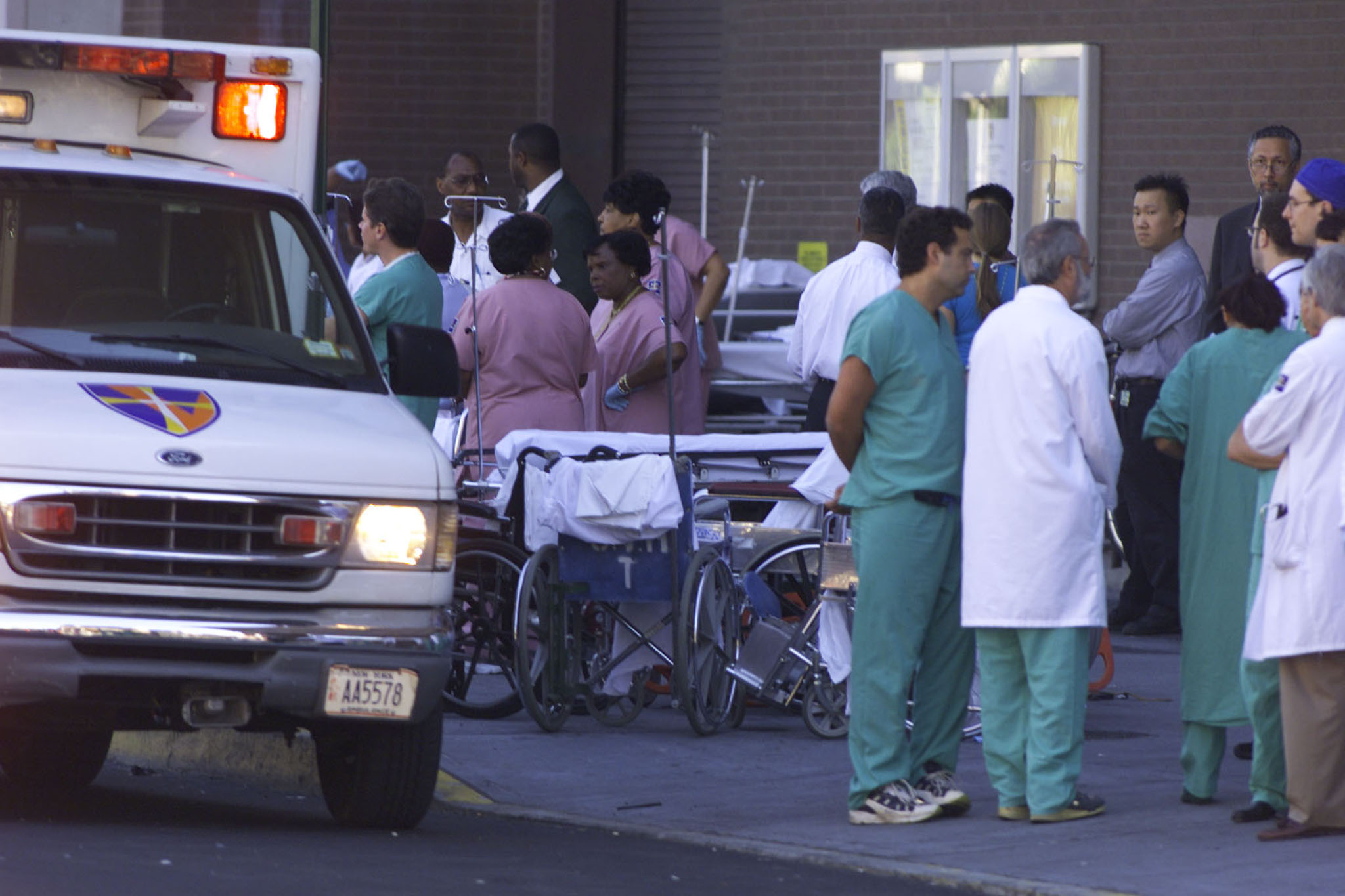
Hundreds of firefighters made a strenuous march up the towers’ stairwells, while thousands of victims descended the stairs, to reach the fire zone and put the infernos out.
No one could have imagined what would occur next.
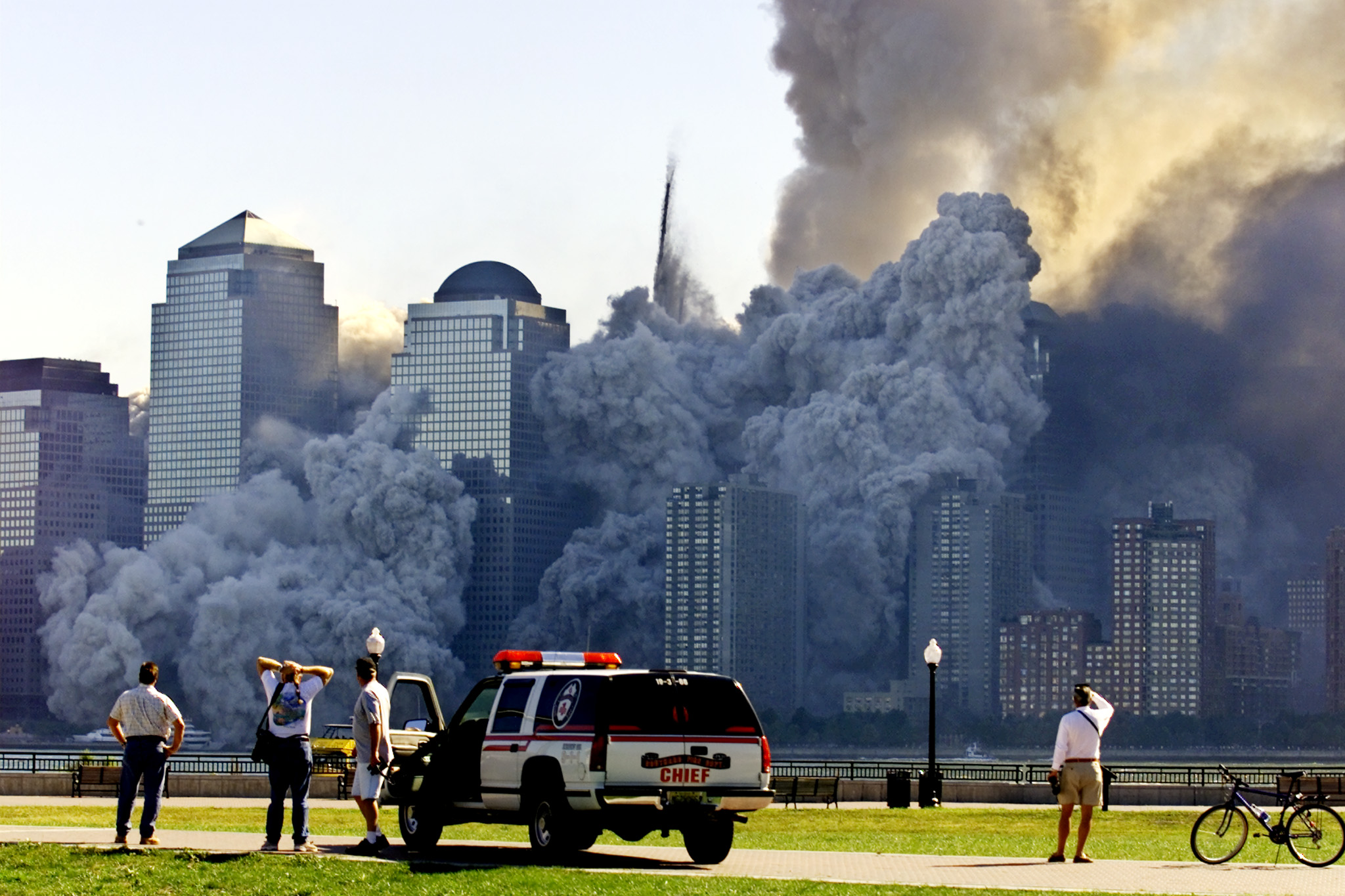
half hour after the first twin tower collapsed September 11, 2001. (REUTERS/Ray Stubblebine)
The South Tower of the World Trade Center fell just before 10 a.m. that day, followed a half-hour later by the North Tower. In 10 seconds, each 110-story building collapsed into massive clouds of death and debris that settled upon Lower Manhattan.
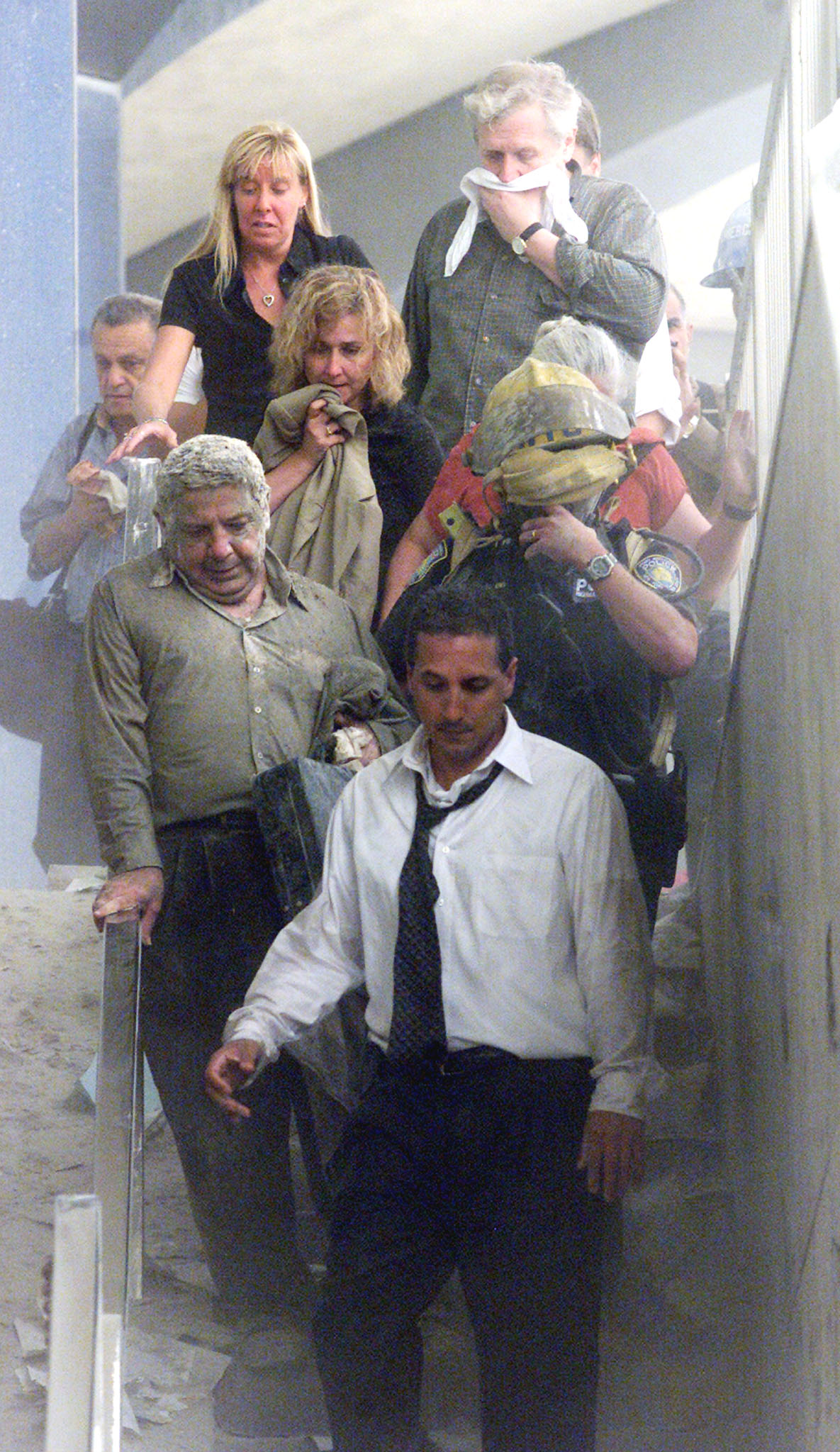
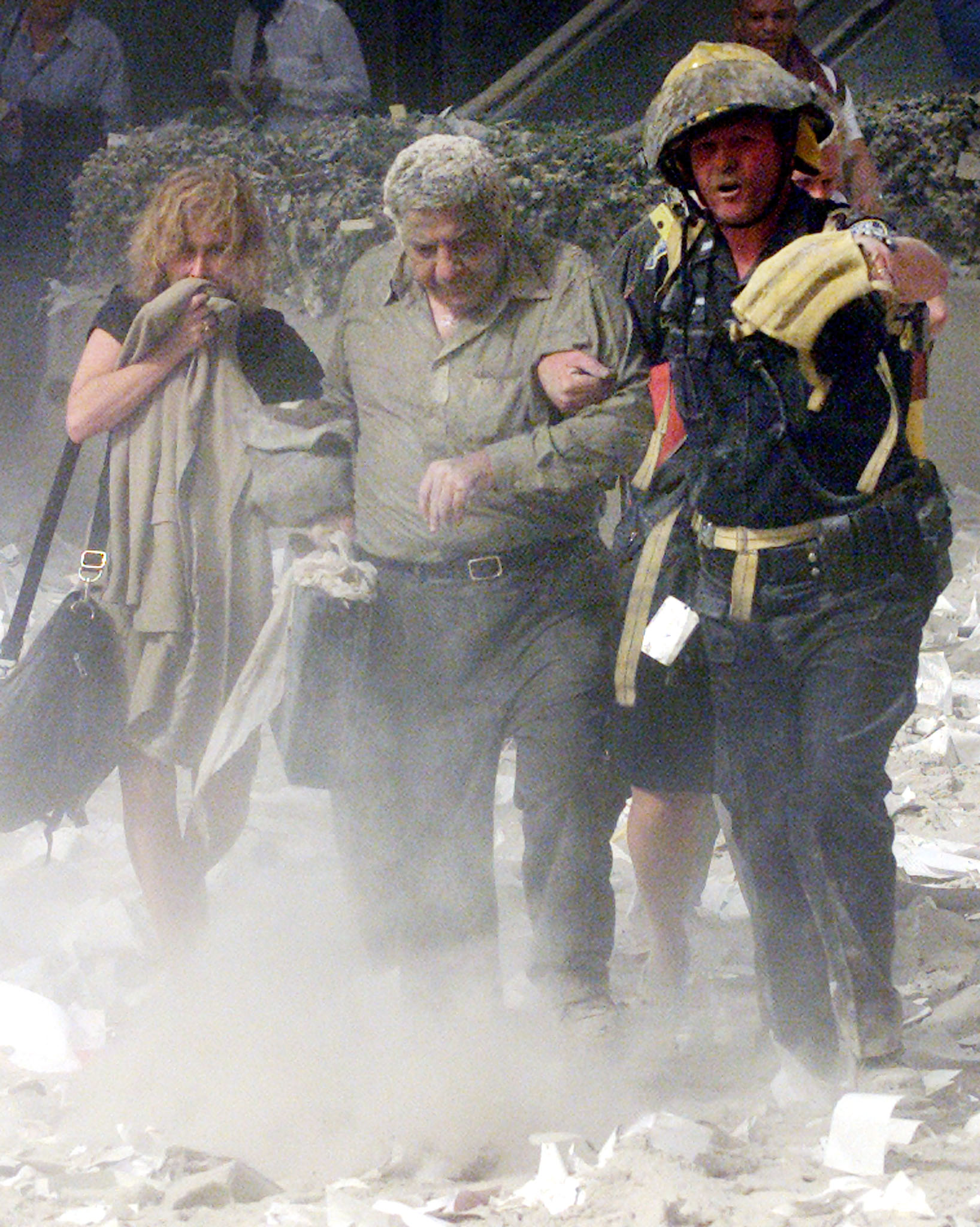
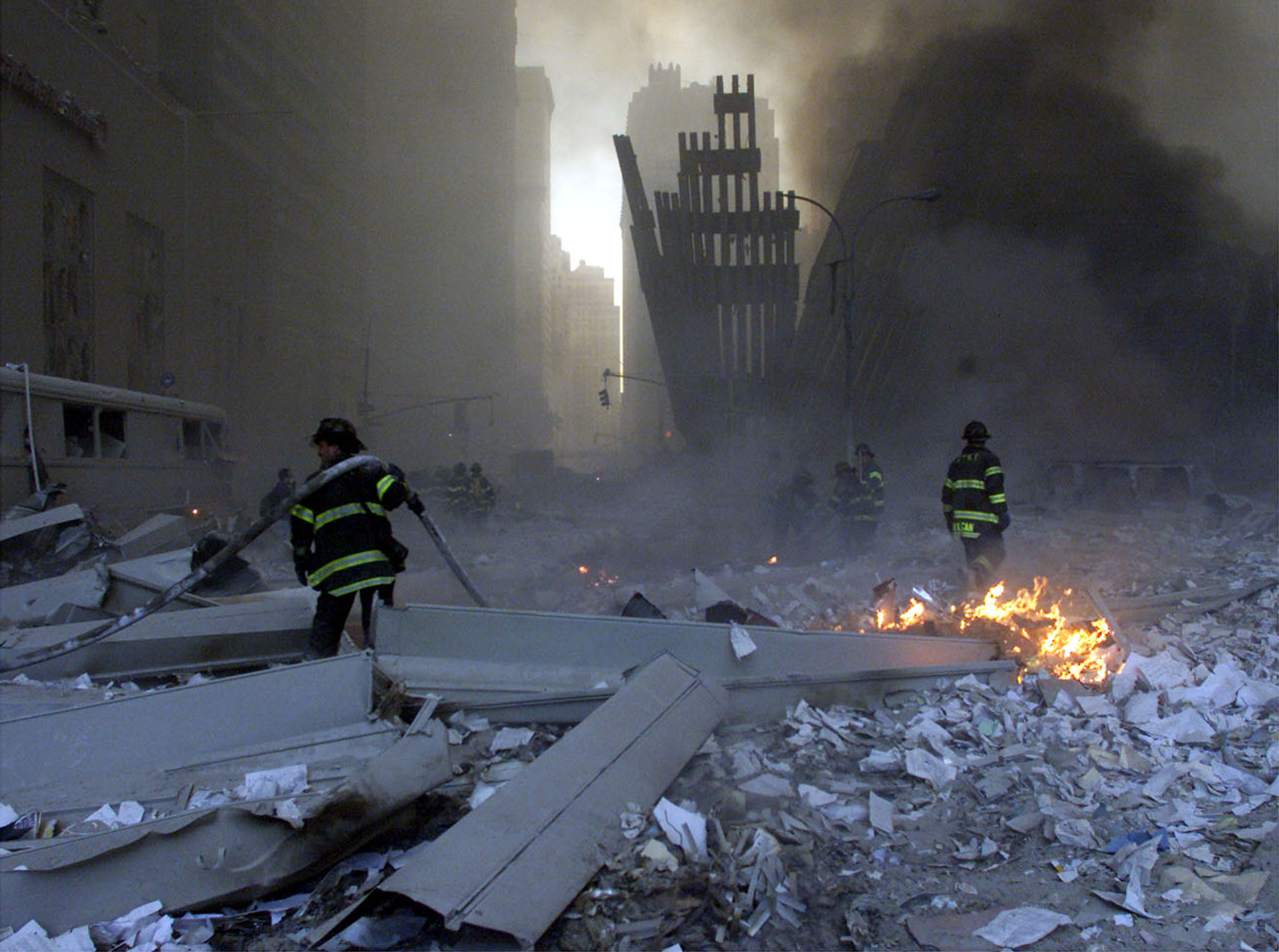
The horrors experienced in New York that morning were compounded by news out of Washington that the Pentagon had been struck by another hijacked airline at about 9:37 a.m. that morning. Moments after the South Tower fell, a fourth hijacked jet, Flight 93, crashed in rural Shanksville, Pennsylvania — thanks in large part to passengers who rebelled against their hijackers and thwarted another attack in our nation’s capitol.
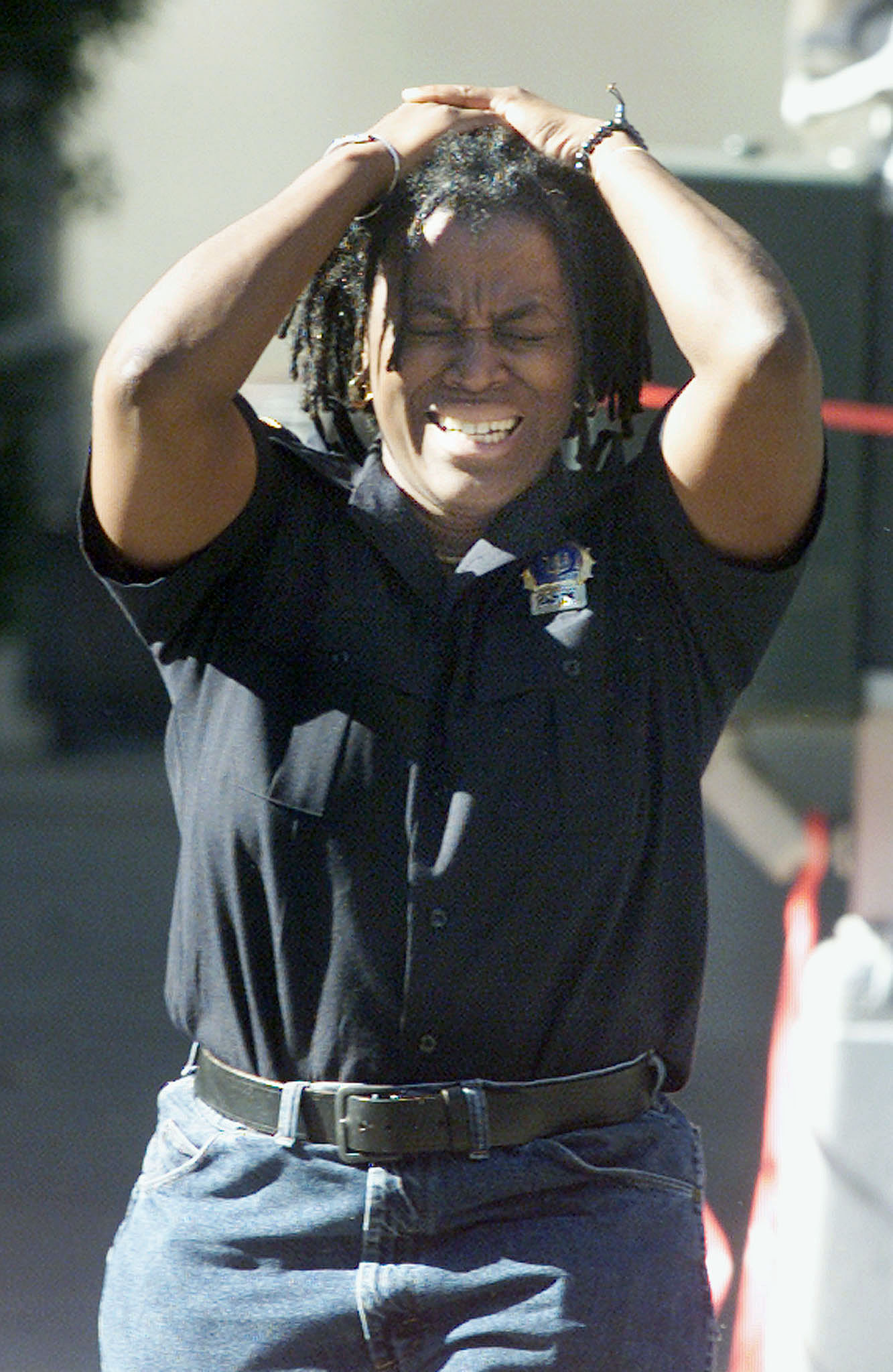
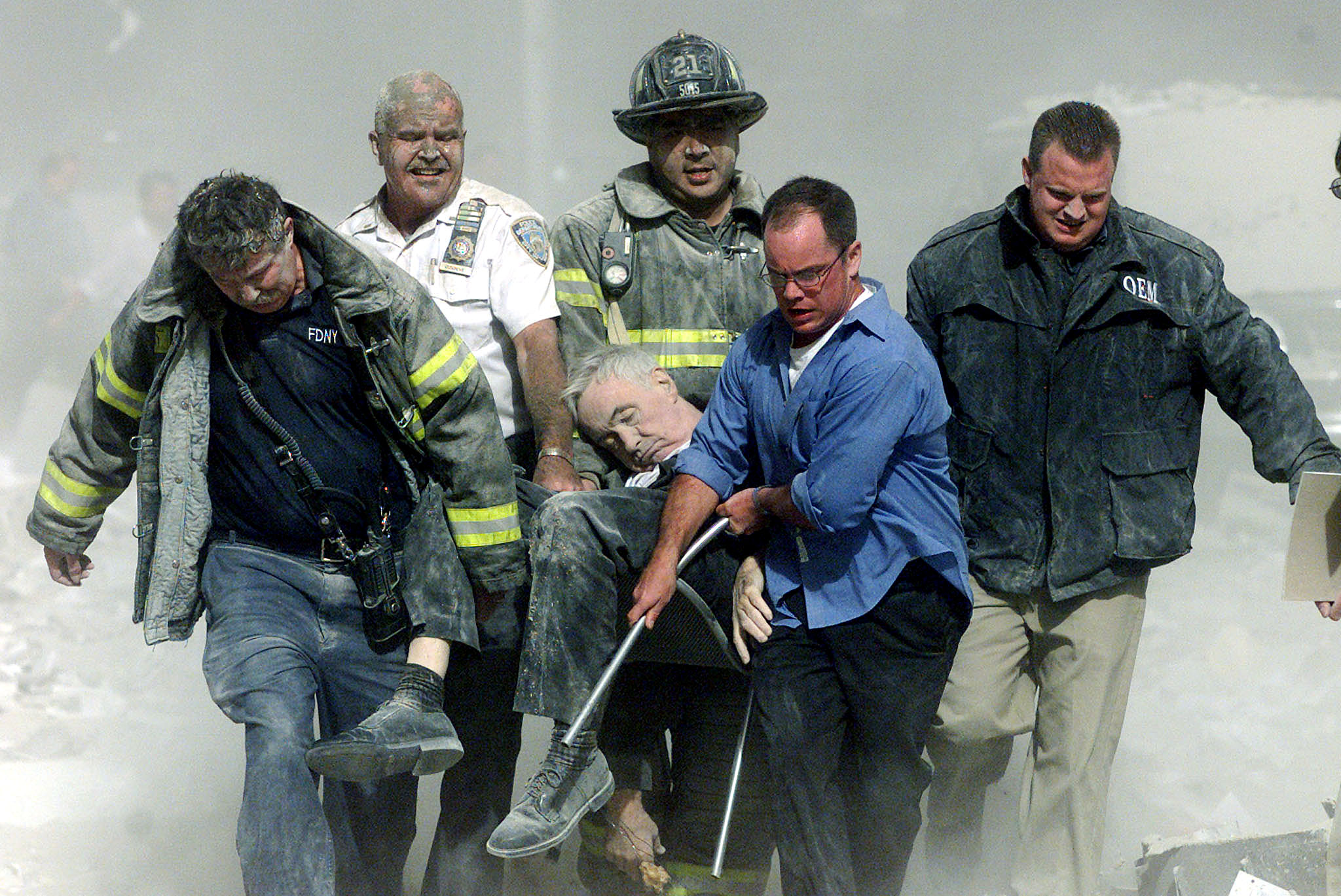
New York suffered the worst losses in the Sept. 11, 2001 terrorist attacks. Over the following eight months, construction workers and first responders combed the ruins at what was then called “Ground Zero,” removing debris while also recovering victims who died.
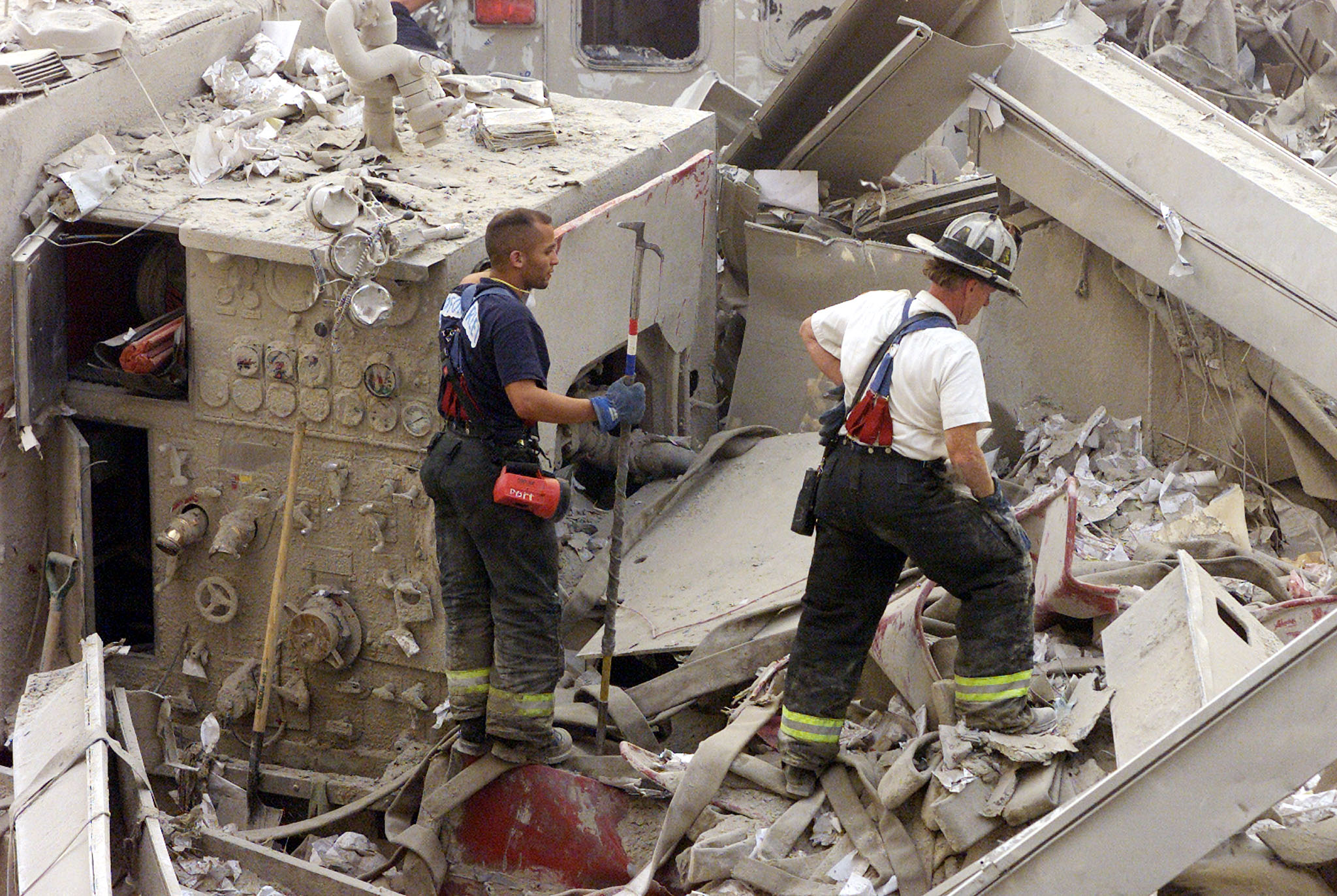
Morgan)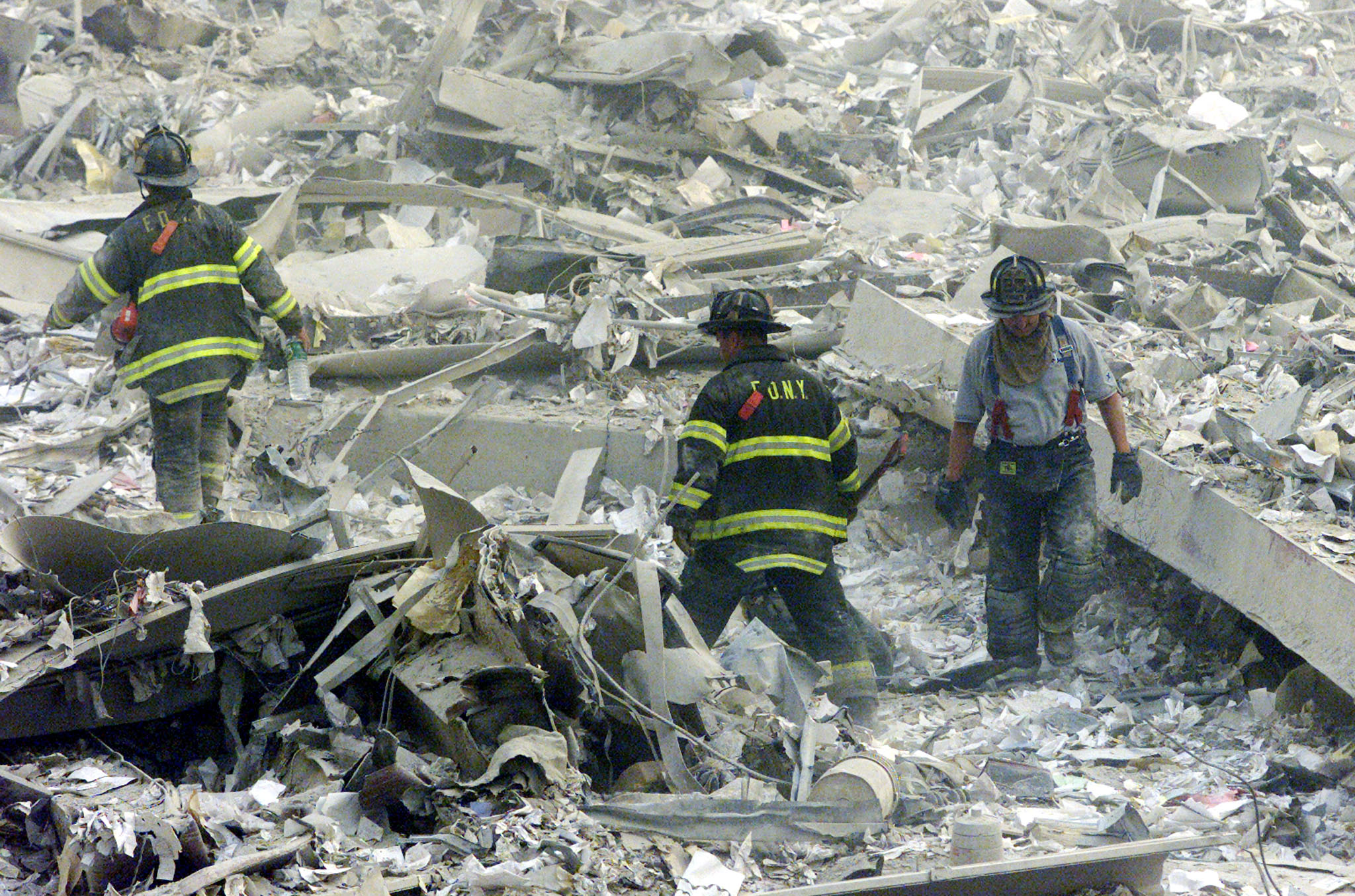
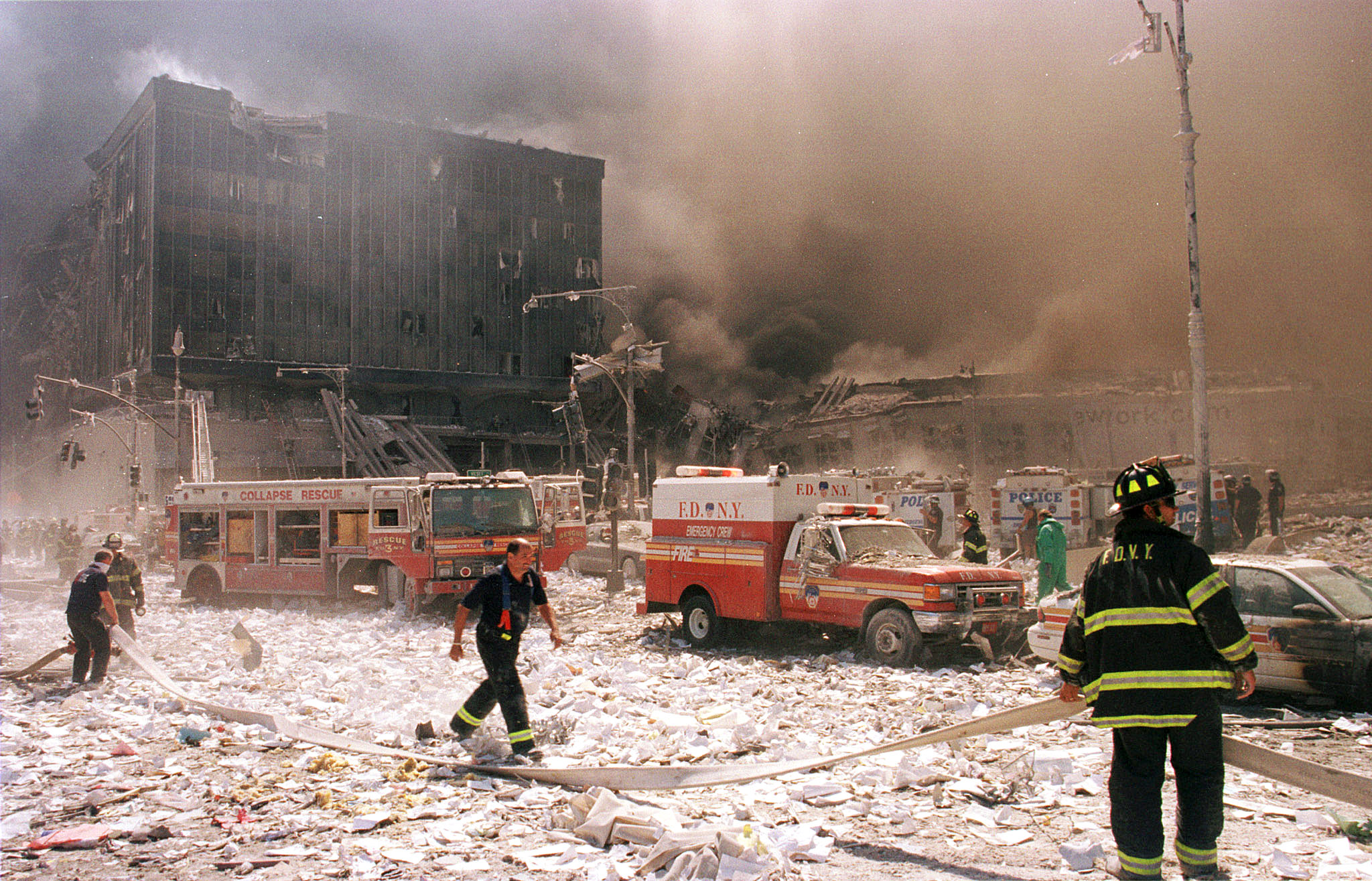
Nearly two decades removed from the attacks, the death toll connected to 9/11 continues to grow today — as many of those who labored at Ground Zero have suffered debilitating illnesses related to their work in the recovery mission. The Fire Department, for example, lost 343 members during the attacks — and another 226 members in 19 years due to 9/11-related illnesses.
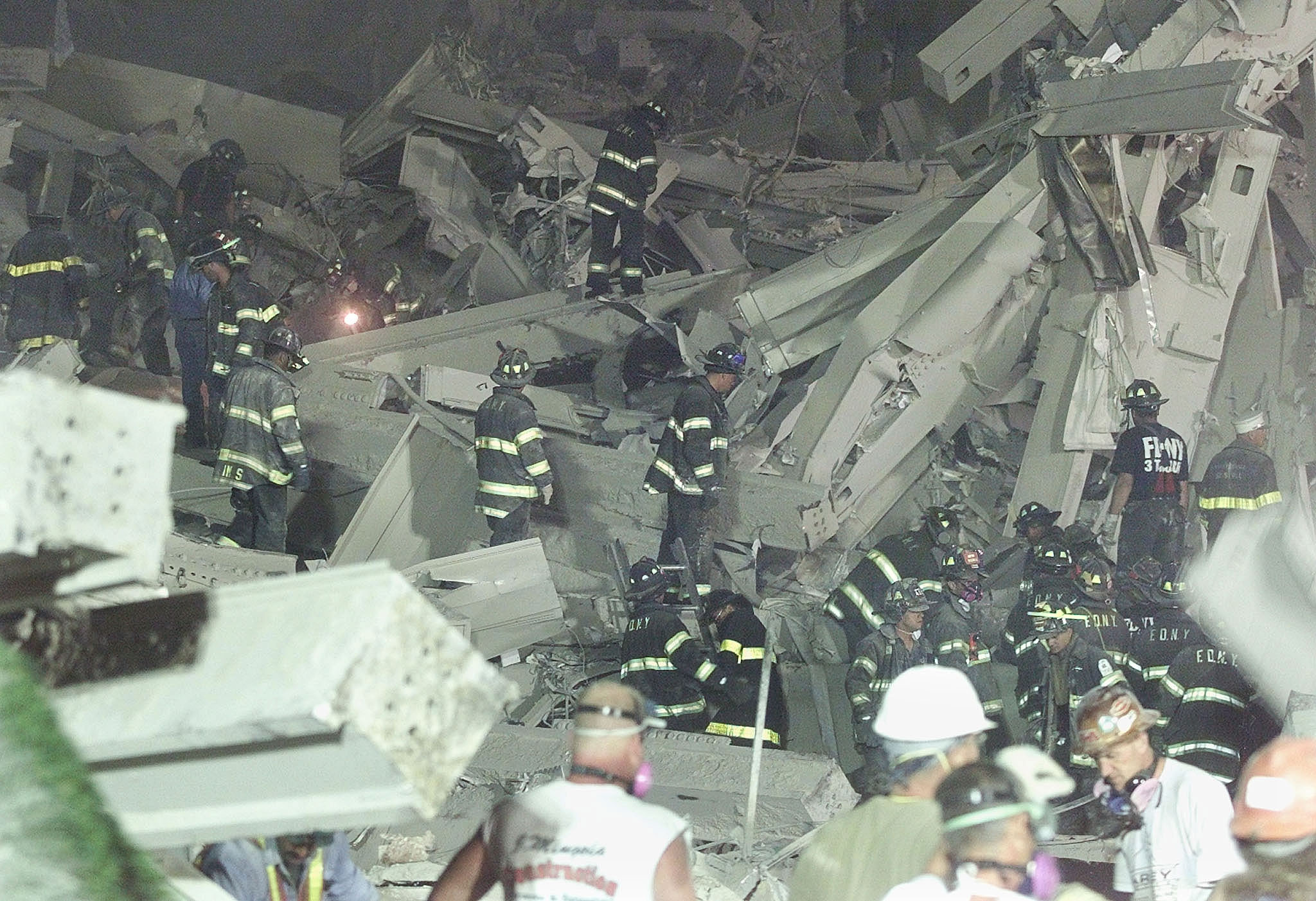
Ground Zero was finally cleared of World Trade Center rubble in May 2002, and over the next decade, the site was rebuilt into a modern center of business. The Twin Towers footprints were preserved as part of the National September 11 Memorial and Museum — where the heroes and victims of 9/11 are honored and the history of that fateful day is preserved so all may “never forget.”
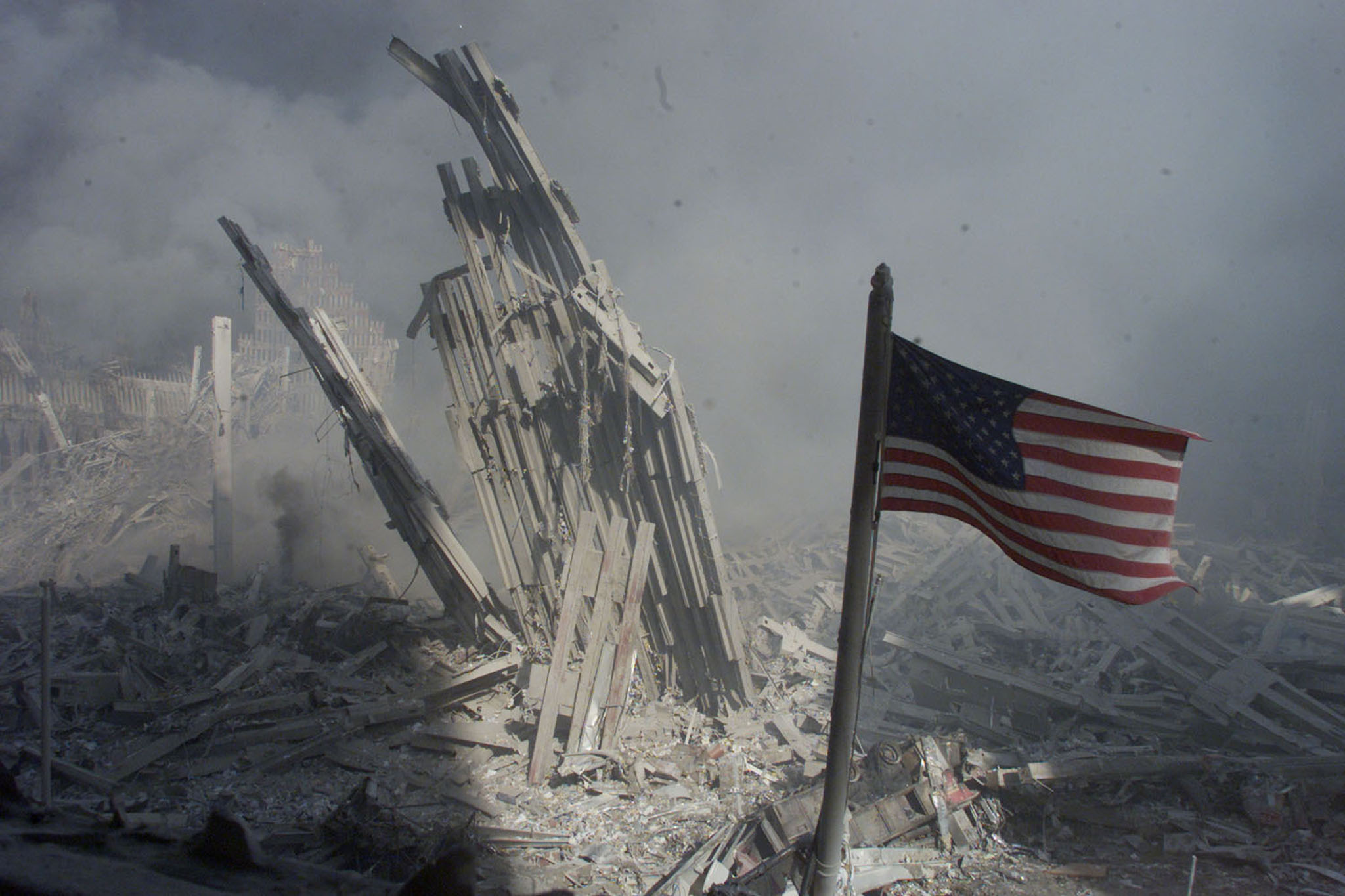
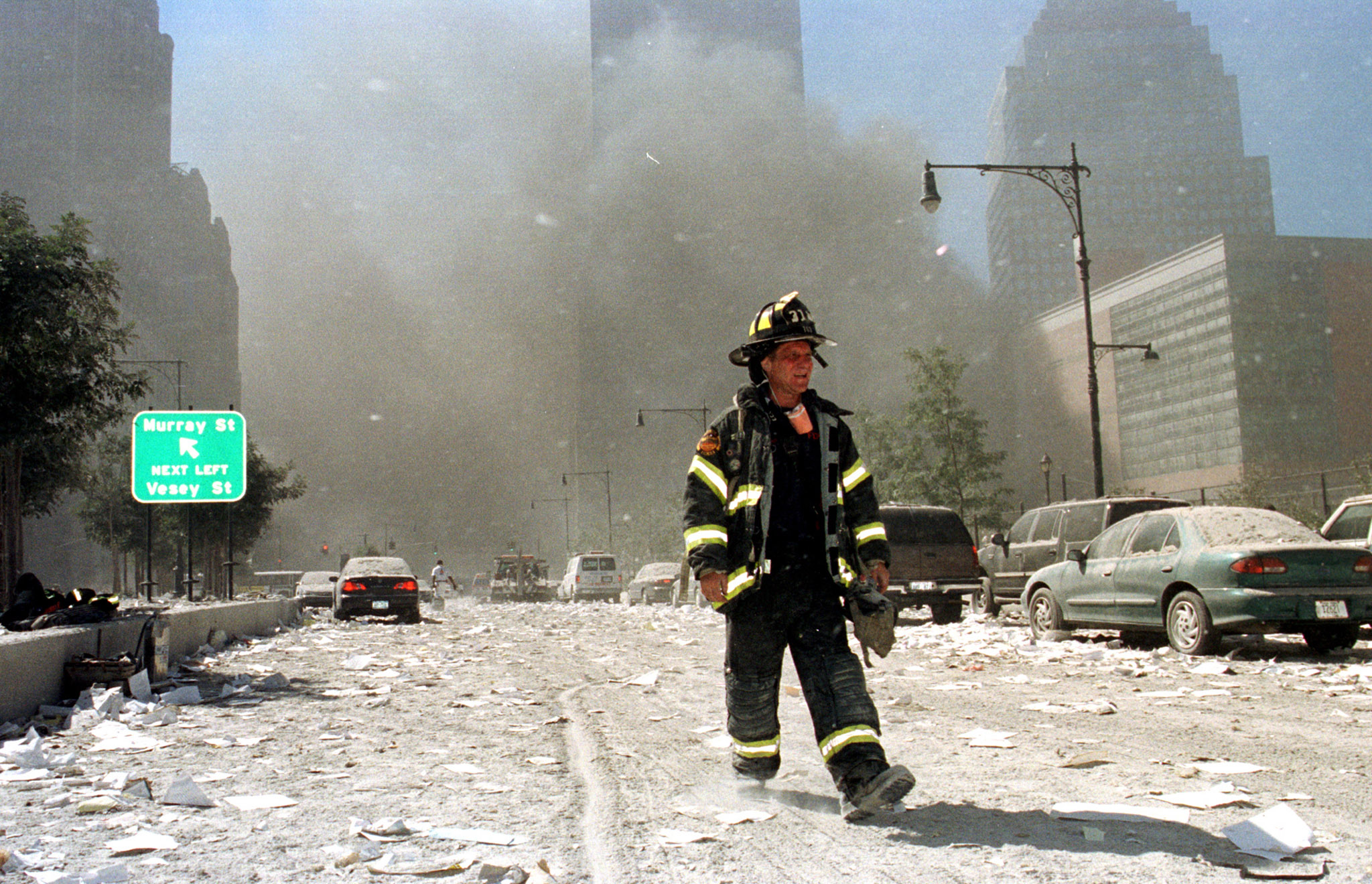
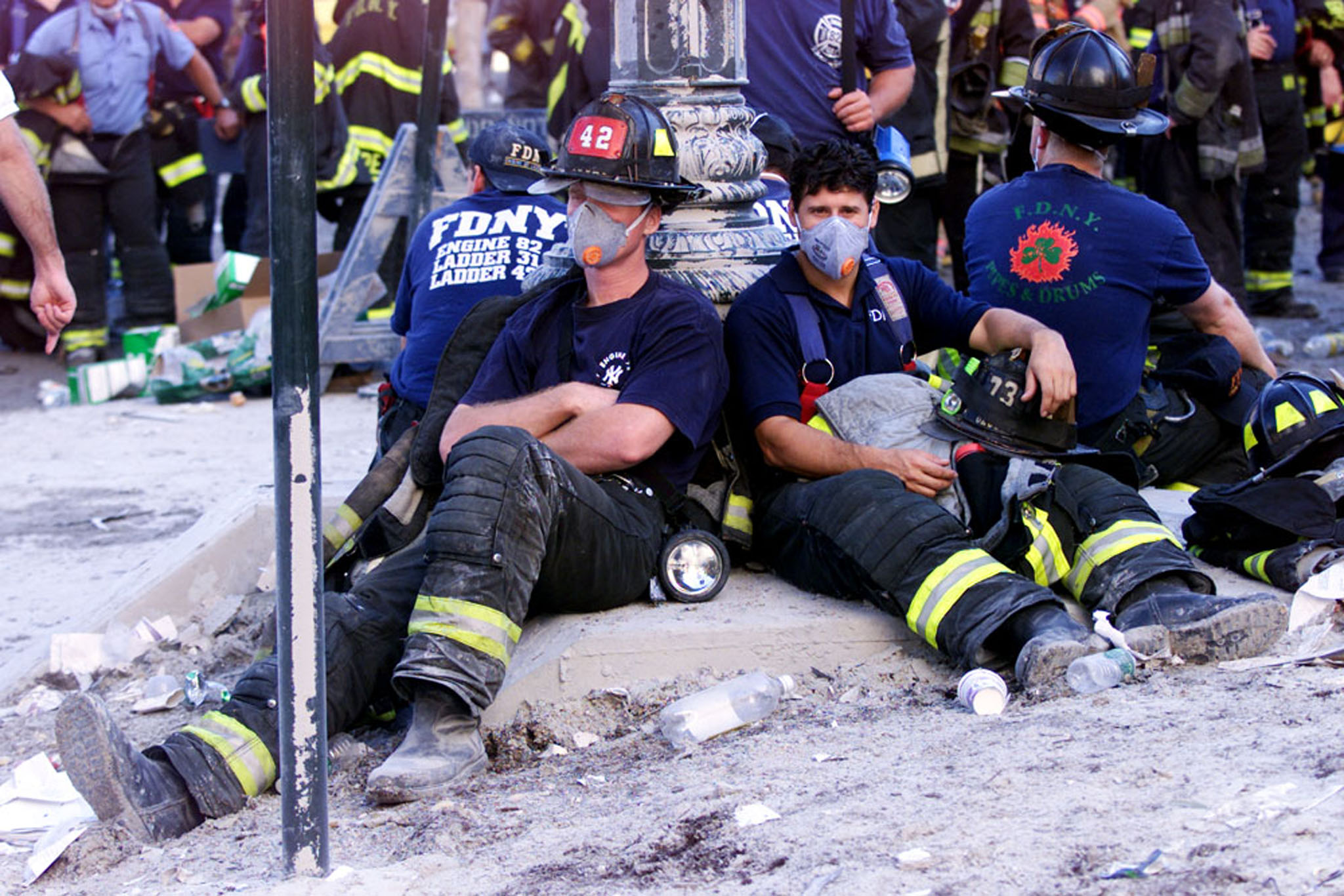
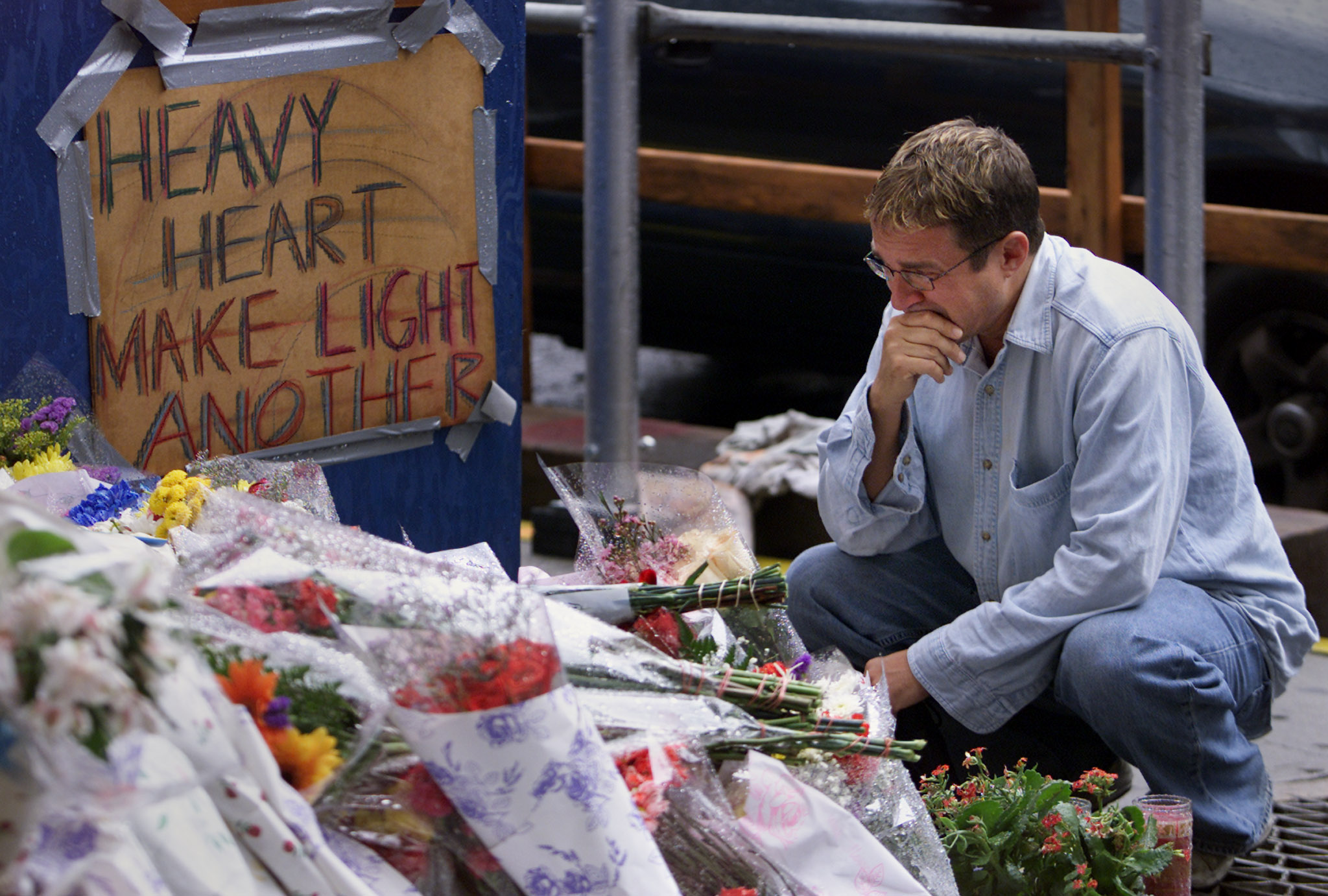
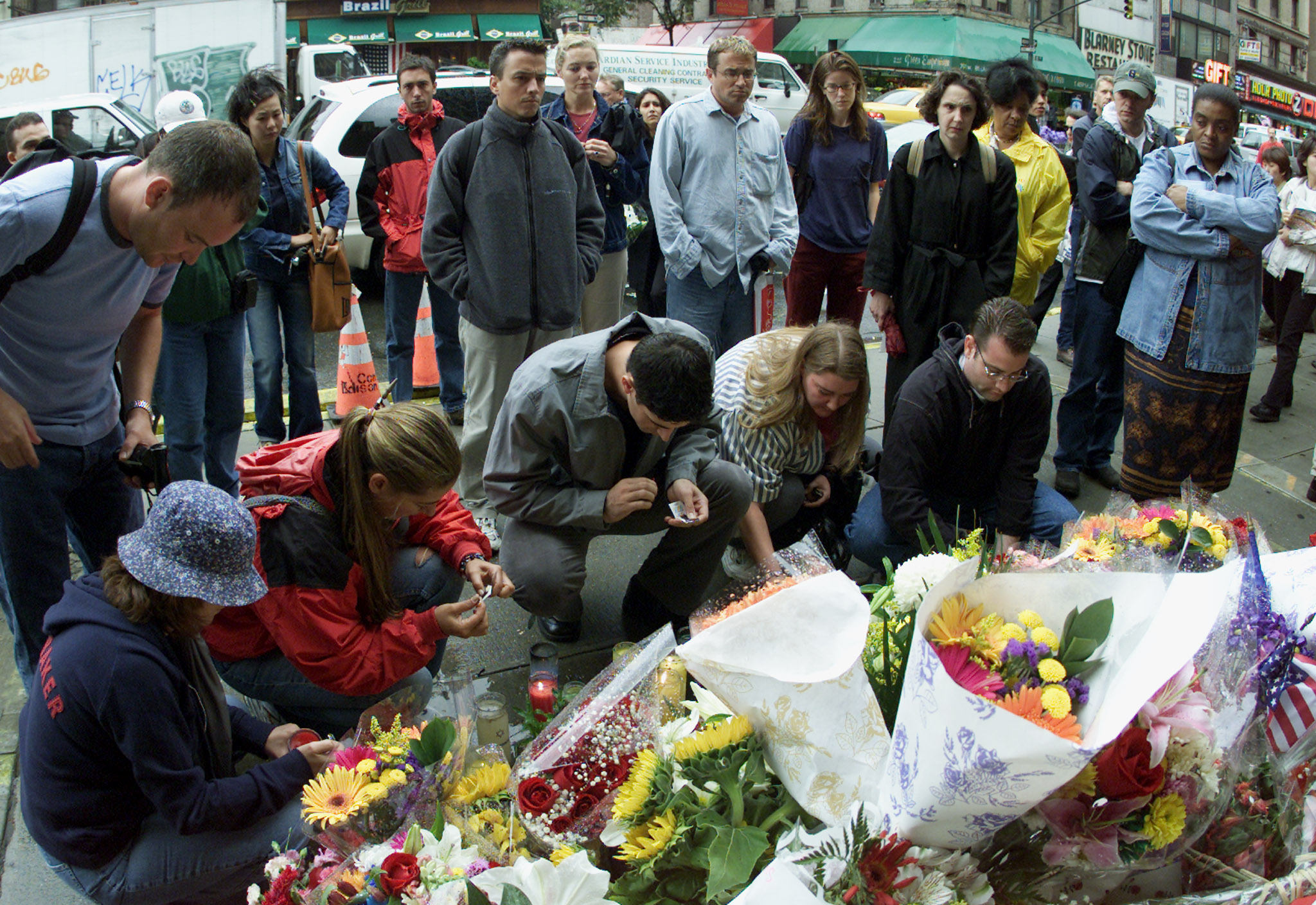
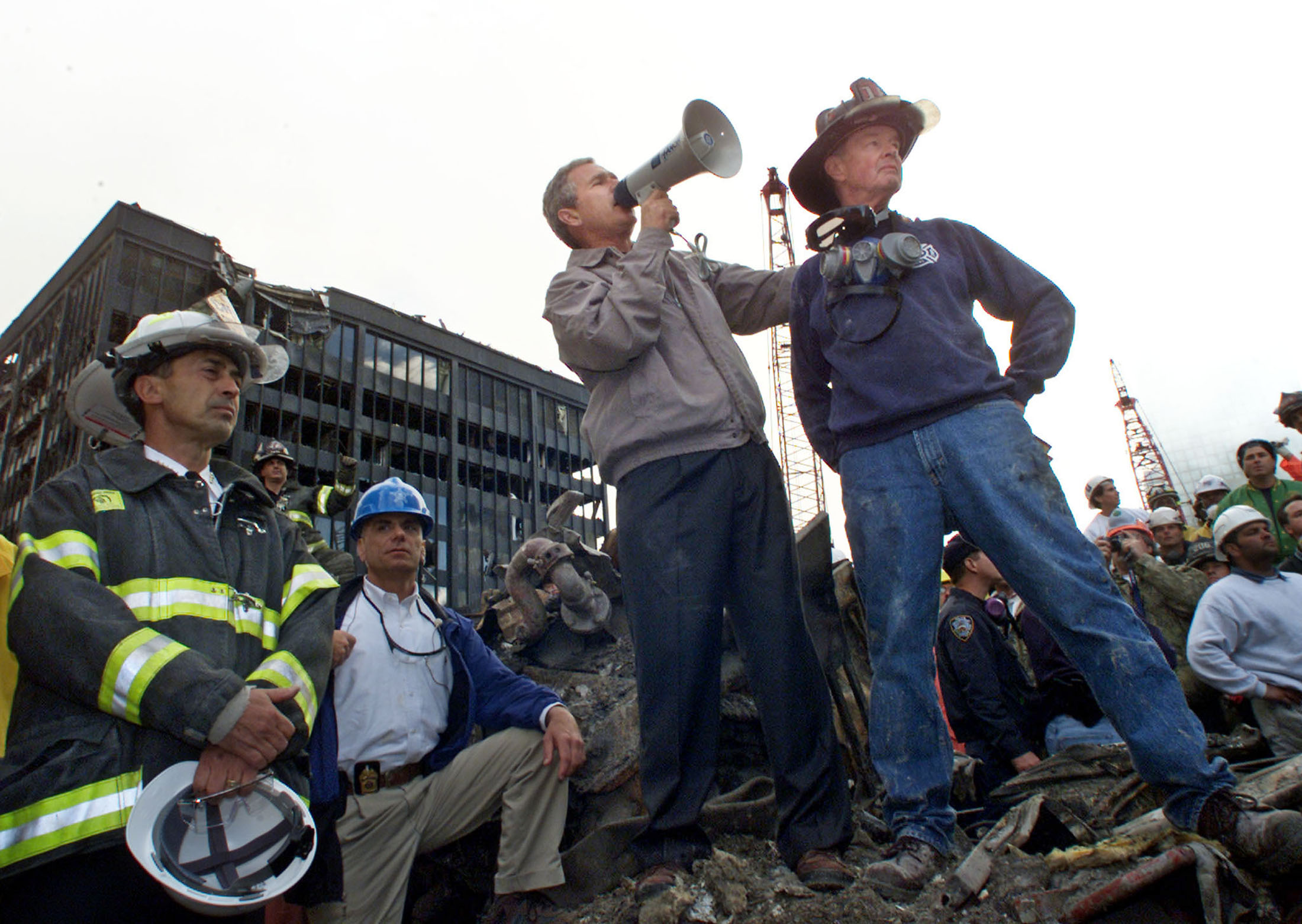
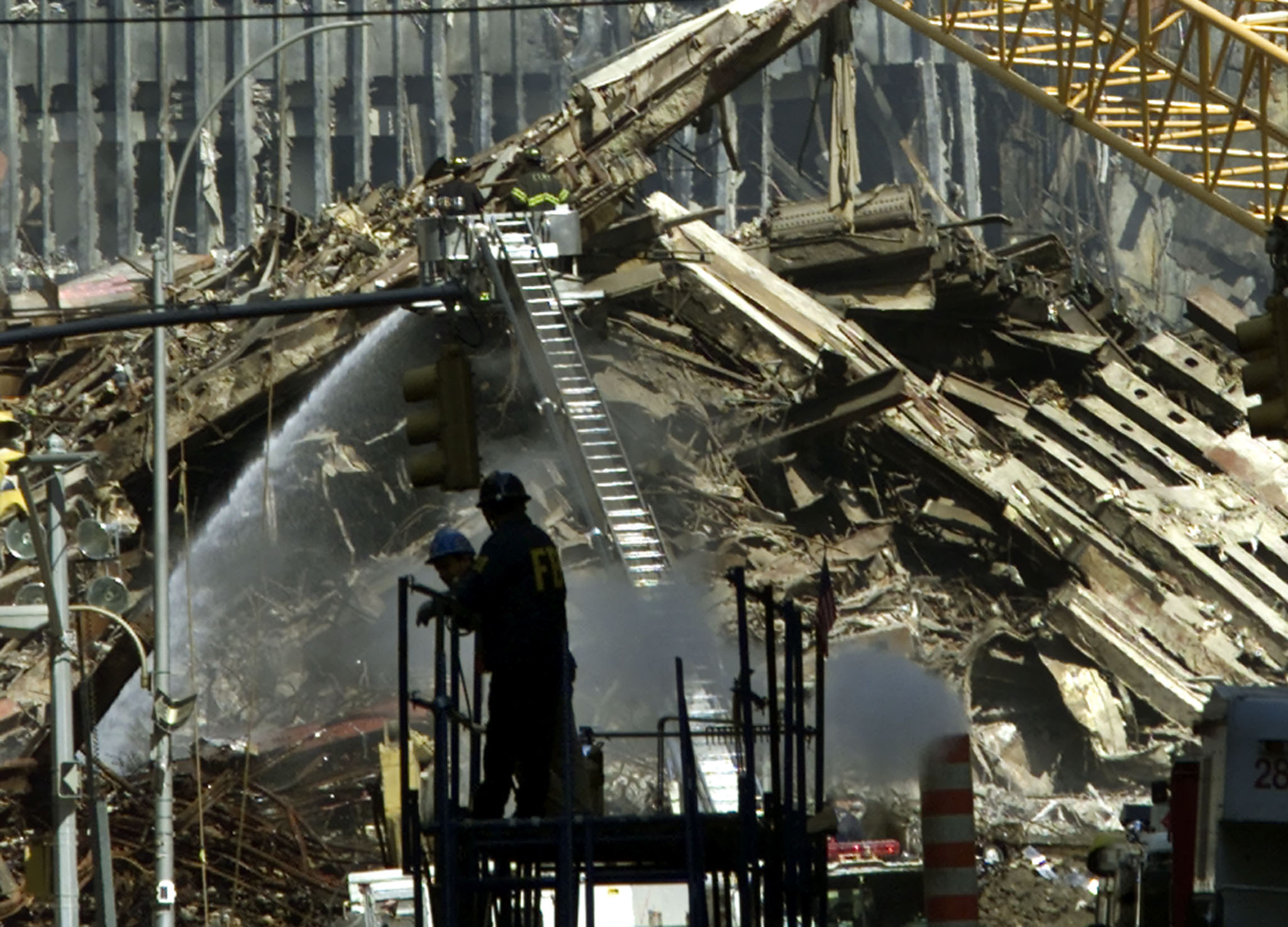
Images provided by Reuters.






